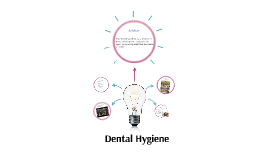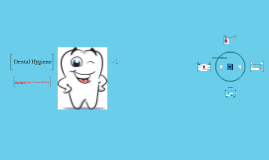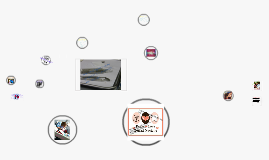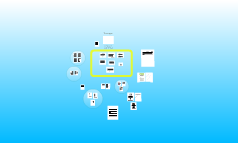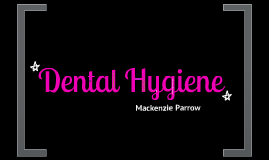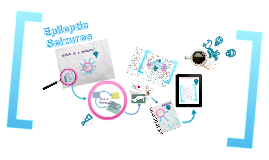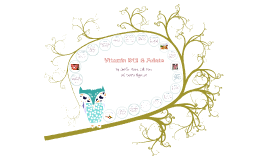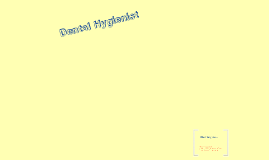Dental Hygiene
Transcript: Roles and Functions More than 80% comes from meat and animal products Page 189, Table 10-12 gives examples of food Sources Sources Swelling Redding on the tip of tongue Atrophy (a decrease or wasting) of the filiform papillae and fungiform papillae (at tip and lateral borders) Small ulcers on tongue If left unchecked than complete atrophy of the filiform papillae and painful ulceration of the buccal mucosa, palatal &gingival epithelia. Burning tongue pain precedes physical signs Consuming too much;In large doses, folate may cause kidney damage and mask symptoms of Vitamin B 12 deficiency. Swelling Redding on the tip of tongue Atrophy (a decrease or wasting) of the filiform papillae and fungiform papillae (at tip and lateral borders) Small ulcers on tongue If left unchecked than complete atrophy of the filiform papillae and painful ulceration of the buccal mucosa, palatal &gingival epithelia. Deficiency RDH Should Know Oral Symptoms Vitamin B12 & Folate What is Folate/folic acid? Vitamin B12 Deficiency Toxicity Is rarely caused by insufficient dietary unless a strict vegan diet is being followed Caused by a lack of R-binder or an enzyme needed for absorption of Vitamin B 12 Patients with xerostomia may have poor absorption of vitamin B12 Patients over 50 should choose fortified sources of vitamin B12 because synthetic forms are better absorbed Large amounts of vitamin C supplements can cause vitamin B12 All patients should be referred to a nutritionist or MD for treatment or change in treatment. Absorption and Metabolism Folic acid deficiency Dietary folate must undergo some changes to be absorbed. The intestinal enzyme that accomplishes this requires a slightly acid pH and is activated by the presence of zinc. Naturally occurring folate is not well absorbed as supplements, and individuals needing larger amounts, especially menstruating women who may become pregnant, they may need a supplement in addition to fortified folate-rich foods. The generic term folate encompasses several compounds that have nutritional properties similar to those of folic acid. Several different metabolically forms have been identified. Folate, folic acid, and folacin are used interchangeably. Folate is a natural form found in foods, whereas folic acid is a synthetic form used in vitamin supplements and food fortification. Natural folates are chemically unstable Vitamin B12 from blood is released from its protein bond by hydrochloric acid and enzymes in the stomach and intestine. Free vitamin B12 combines with salivary R-binder (protein produced by salivary glands) in the stomach. In the small intestine, trypsin (pancreatic enzyme) removes the R-binder, and vitamin B12 combines with intrinsic factor, a glycoprotein secreted by the parietal cells in the stomach. Absorption of vitamin B12 occurs only at specific receptor sites in the ileum and is possible only if bound to intrinsic factor. The vitamin is recycled from bile and other intestinal secretions. Excessive amounts are bound to a protein and stored for 3 to 4 years in the liver, or they are excreted. B12 functions as a coenzyme in conjunction with folate metabolism in nucleic acid synthesis. It also functions in the metabolism of certain amino acids, fatty acids, carbohydrates, and folate. B12 is essential in formation and regeneration of red blood cells and for myelin synthesis Myelin is the lipid substance that insulates nerve fibers and affects transmission of nerve impulses. B12 is also essential for a normal function nervous system. By Jenifer Moore, Calli Ford, and Donna Hagerdon Most common deficiency among the B-complex vitamins Caused by excessive alcohol consumption, pregnancy and lactation Toxicity RDH Should Know Vitamin B12, or cobalamin, represents a complex group of compounds that contain cobalt. (the only known physiological function of cobalt is as an integral component of vitamin B12.) It is the only vitamin that contains a mineral Absorption and Metabolism No benefits are seen from large quantities of Vitamin B12 but no harmful effects have been observed either Rich sources include liver, green leafy vegetables, fortified cereals and grain products, legumes, and some fruits (grapefruit and oranges). What is Vitamin B12? Oral Symptoms Taking a folic acid supplement could improve resistance to the development of periodontal inflammation due to deficiency Smokers with periodontal disease have a lower concentration of folic acid Folate absorption is lower when folate is given to patients taking anticonvulsants and oral contraceptive agents (OCAs) An increase in gingival inflammation has been connected with women taking OCAs. These patients should be encouraged to increase their consumption of folate-rich foods. Folate supplements may reduce the severity and incidence of gingival overgrowth due to taking Phenytoin (Dilantin) It functions as a coenzyme for approximately 20 enzymes. It has important role in the composition of RNA and DNA Functions with Vitamin B12






